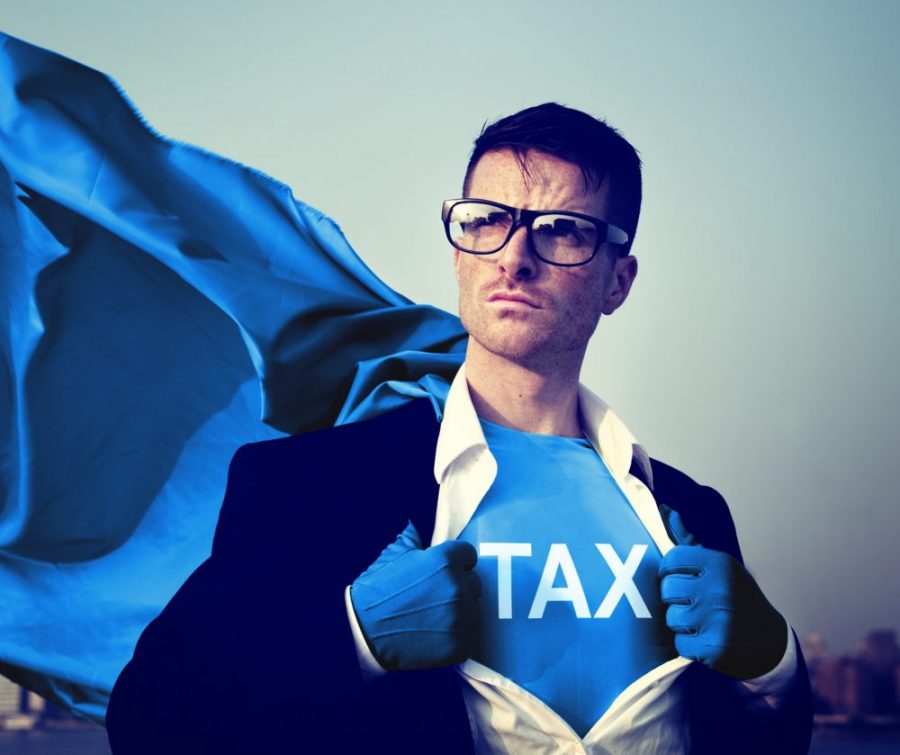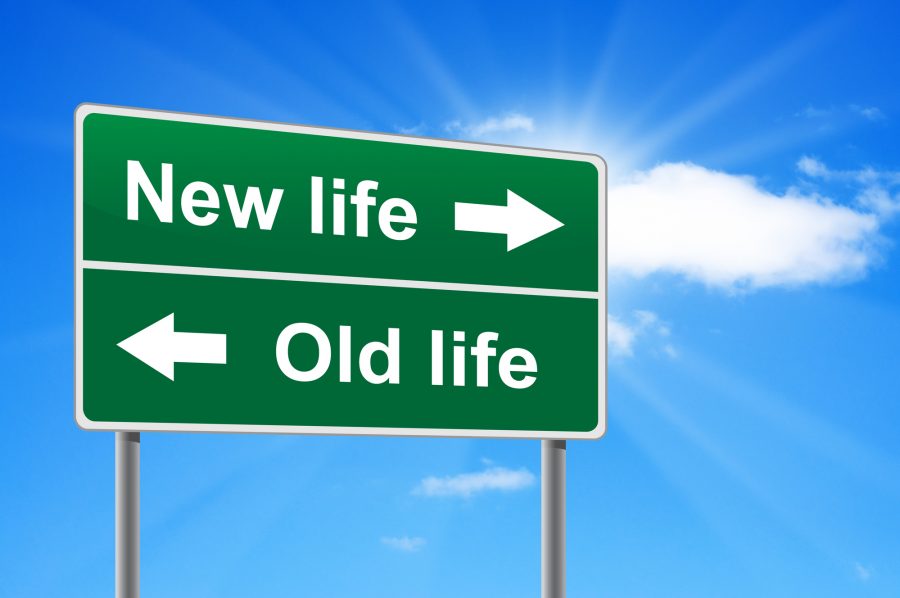Category: Blog

Skilled migration visa for Australia
4 steps for a skilled migration visa for Australia So you are going for it. A move to Australia is the plan for the future. Now begins the hard work of applying for the skilled migration visa for Australia. There are 4 steps to lodging a skilled migration visa application you should be aware of:…

I’m an Accountant wanting to migrate to Australia
Want to migrate to Australia? Overseas qualified accountants can rest easy as Australia’s skilled migration system still caters for them to migrate to Australia. What are your qualifications and why is it important to talk about them. The skilled migration visas on offer by Australia are all about qualifications. Australia wants a potential skilled migrant…

Too old to emigrate to Australia
What’s too old to emigrate anyway? What is the cut of age for a visa to emigrate to Australia? This is a common question that comes from people looking for information and advice on emigrating to Australia. The short answer is”it depends”. Firstly, what visa are you thinking about applying for. If its one of…

How I’m going to save the Australian economy.
So the sun was finally shining here in Ireland up until a few days ago and now we’ve reverted to the usual cold and wet conditions we are all to familiar with and I’m totally over it. I am starting to think waiting for the summer in Ireland is a bit like waiting…

What type of evidence do you need to apply for an Australian Partner visa
Here is a video I made a while back about the types of evidence you should include in your Australian partner visa application. Don’t mind the funny face, the joy of video editing! What type of evidence should you include in your Australia visa application? This is a common question for anyone intending to apply…

The Age limit and Australian visas
I’m 50, am I past the age limit for an Australian visa ? Am I past the age limit to apply? This is the type of question, I’m hearing more and more these days. It’s representative of a growing trend of people in their 40s and 50s asking about their Australian visa options. I’m intrigued…

The decision to emigrate to Australia
3 tips to making the right decision to migrate to Australia Countless hours spent on google searches have been done on this question here in Ireland. Since the recession hit Ireland back in 2007 Irish people continue to move between Ireland and Australia on a frequent basis. The topic of immigration, emigration, Australian visas galore,…
I want to go back to Australia!
In the last month or so I’ve received a number of emails from people who have been living and working in Australia and who have recently returned to Australia after their first or most times second working holiday visas have come to an end. The emails tend to carry the same message, I…
Sponsorship Limitations on the Partner visa
This Friday morning I received a message via the website from a woman based here in Ireland wanting to know what visa options there might be for her partner. She recently had a baby in Ireland and has held Australian permanent residency since 2010. She wants to return to Australia but can’t sponsor her…
Solicitors moving to Australia
Recently, I received a question from an Irish solicitor called Stephen asking about how Irish solicitor can emigrate to Australia. In the past, I’ve assisted a number of number of overseas qualified solicitors apply for skilled migration visas to facilitate a move to Australia. The main factor to be aware of if you…
You must be logged in to post a comment.